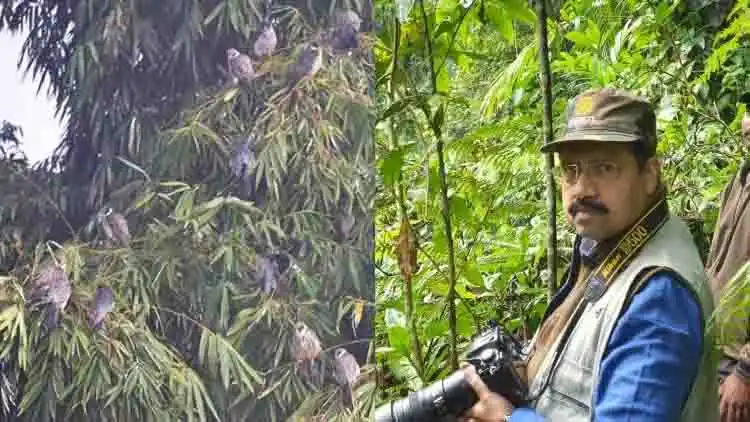
Daulat Rahman/Guwahati
Dr.Anwaruddin Choudhury who retired as the Commissioner and Secretary to the Government of Assam, has acquired the nickname of “The Birdman of Assam.”
He is the first in Assam to write books on the birds of North Eastern States. His studies have contributed to the conservation and awareness of various species of birds in the region. He is the author of 28 books, 50 technical reports, and more than 900 articles and scientific papers.
Choudhury who is 63 years old, had played a pivotal role in protecting habitats and declaring the white-winged wood duck as the State bird in Assam way back in 2003.
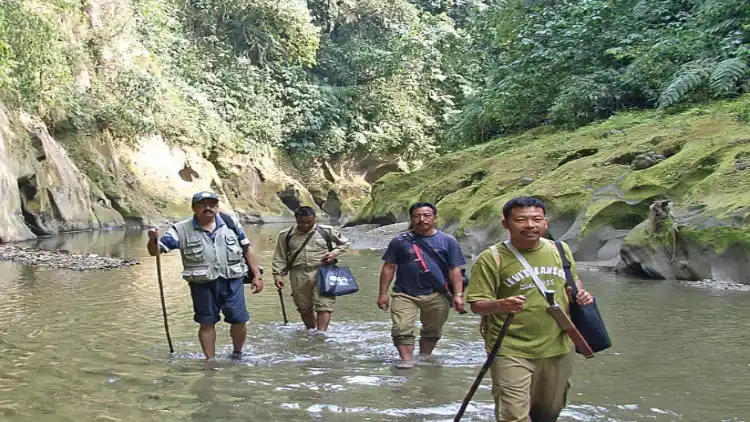
Dr Anwaruddin Choudhary in Kane wildlife sanctuary, Arunachal Pradesh
This bird was once considered endangered by the International Union for Conservation of Nature (IUCN). Today 1,300 birds are there.
Choudhury told Awaz-the Voice that after his retirement he had plenty of time to work and write about the conservation of nature. He has just finished a project on the Amur Falcon, a migratory bird that flies from Assam to South Africa and has its breeding place in eastern Siberia.
“The Amur Falcon, Falco amurensis is a long-distance migrant that breeds in the basin of the Amur River in eastern Siberia, Mongolia, and adjacent areas and migrates to Africa for winter. The migrating falcons pass through north-eastern India and then fly over peninsular India and the Arabian Sea. En route, these falcons roost at some select sites in Nagaland, Manipur, Assam, and Meghalaya often in thousands and lakhs.
“Poachers used to catch them with bare hands in Karbi Anglong district in Assam or with nets in Nagaland or shoot them with guns, air guns, or slingshots,” Choudhury said.
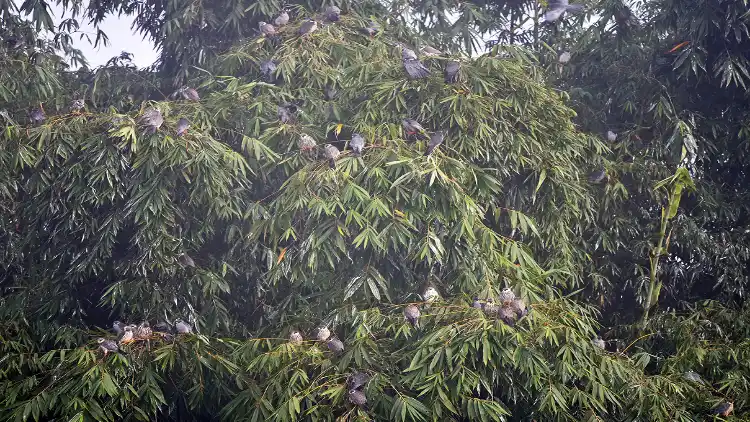 Falcons in a bamboo brake where they roost in Umru
Falcons in a bamboo brake where they roost in Umru
According to Choudhury, there are several sites in Assam, where Amur Falcons could be seen during their migration but it is only at a few that they roost overnight in large numbers which include Habang (Umwang) (now abandoned) and Umru II or Umrukhuti in West Karbi Anglong district and Umrangso in Dima Hasao (North Cachar Hills) district.
An awareness drive was carried out in 1996 at Habang after which the catching/killing came down. A similar campaign by Choudhury in Nagaland’s Mokokchung district in 2004 resulted in the reduction of hunting at Changtongya where large numbers used to roost.
Choudhury’s last project covered one site, i.eUmru-II or Umrukhuti in West Karbi Anglong district of Assam for a period of three seasons, 2017–19. In 2019, a staggering figure of about 318,000 Amur Falcons were estimated roosting on a day, Choudhury said.
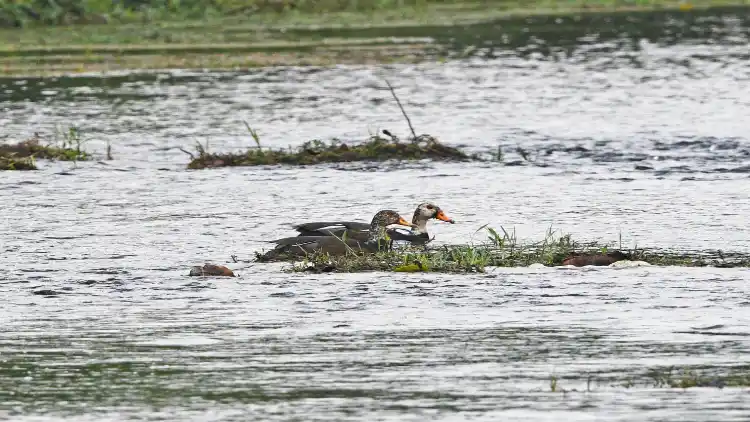
A pair of white winged wood duck
Choudhury has to his credit some authoritative works on the wilds of the Northeast. His comprehensive checklist on the birds (1990) and a detailed book on birds (2000) of Assam bridged a gap of almost a century since A.O. Hume and Stuart Baker first compiled their lists.
Some of his other books are Bird books of Arunachal Pradesh, Nagaland, Mizoram and Meghalaya, and the first monograph of wild water buffalo (2010), A comprehensive mammals of North-east India (2013), mammals of India (2016) and Manas: India’s world heritage in danger (2019).
The retired bureaucrat had discovered a new crane migration route across the Mishmi Hills in Arunachal Pradesh - all the earlier known routes were through north-western and northern India.
Way back in 1996 Choudhury, while on a visit to a market in Kohima in Nagaland, saw a row of unusual items up for sale right outside the town hall. Frogs, rats, deer, birds, a bamboo partridge, a Chinese pangolin, and a pig-tail macaque were among the foods being offered to buyers. The women were selling the game brought home by their hunter husbands.
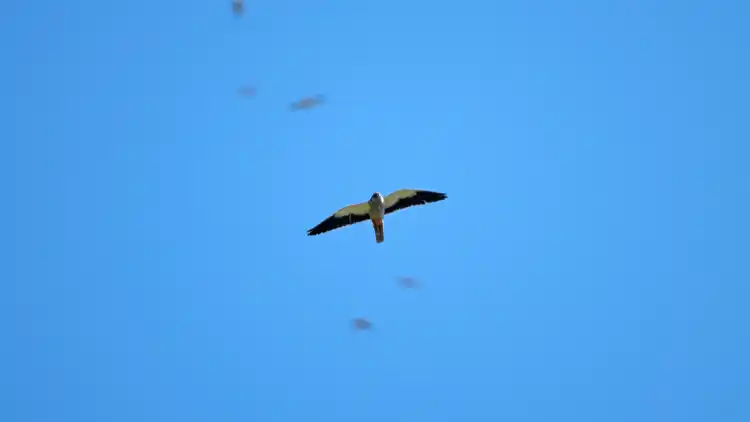
Male Amur falcon
Disturbed by the sight, Choudhury got in touch with an NGO - the People's Group of Nagaland - and went on to convince the authorities to declare a ban on the sale of wild animals in the breeding season.
Choudhury's extensive travels across the North East have enabled him to act as a good samaritan in other ways too. 30 years ago he came across Sarsing Rongphar, a 50-year-old Karbi tribal who killed wild animals and sold their flesh for a living. Choudhury persuaded Rongphar to give up hunting and got him a job with the Forest Department.
During his posting as Deputy Commissioner of Baksa district in Eastern Assam, Choudhury persuaded many poachers who were operating in Manas National Park to lay down their arms, which has been replicated later on elsewhere. He was also instrumental in the diversion of a highway to Bhutan’s Nganglam town away from Manas National Park where there are two major underpasses for wildlife way back in 2007. The work of which was completed in 2010.
Choudhury became only the second recipient of a Doctor of Science degree from Gauhati University in 2008 for works on mammals of North-east India. The hope of uncovering many other unexplored ecological hotspots in Assam and other parts of the North East drives him on. "I have plans to visit Bhutan, eastern Nepal, southern Tibet, north and western Myanmar, and eastern Bangladesh," Choudhury said.
